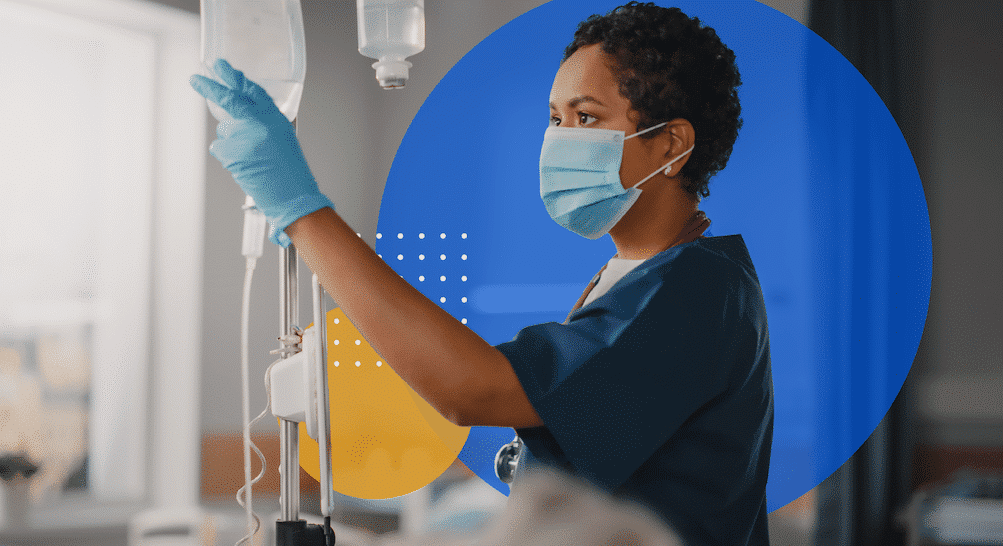Blog
The Future of Telehealth in Home Care

The pace of innovation is impacting modern society like never before — and as sweeping changes, challenges and opportunities continue to impact the home care industry, it’s more important than ever for agencies to remain nimble and able to pivot within this evolving landscape to meet the demands of clients, government bodies and other key stakeholders.
As budgets continue to shrink and the demand for quality and value-based care continues to rise, the urgency in adopting real solutions that integrate patient information across the health-care spectrum is prudent, as technology that links to key infrastructure like hospital networks and pharmacies can yield huge efficiencies in patient management.
Enter telehealth, and its vast capabilities for a truly integrated health network of the future. There’s no question of its potential and its inevitable necessity in the home care landscape, particularly as it relates to remote patient monitoring (RPM). In fact, as of January 1 of this year, Medicare is even now covering remote monitoring of patients with one or more chronic conditions, with Medicare beneficiaries now able to choose to receive in-home monitoring in addition to traditional in-person check-ups.
As such, providers considering implementing an all-in-one technology solution with telehealth capabilities will be well-aligned for success in the new world of client-focused care. As we’ve written before, clinical information on vitals, fall detection, GPS location streaming in real-time offers a real step forward in realizing truly integrated care, allowing for greater transparency in data sharing and coordination, ultimately allowing clients to remain in their homes longer and in greater comfort. This, in turn, lessens the burden on our brick-and-mortar care facilities and promotes substantial cost savings.
Here are benefits that flow from a well-oiled telehealth approach to home care:
Patient-centred care: RPM allow clients to receive medical care in their own homes, empowering them to have control over the care that’s best for them. While no tech solution completely replaces an in-person visit, telehealth makes it possible to deliver virtual home care visits where and when it make sense. This can have a huge impact on clients who live in rural areas at great distance from care facilities, not to mention on care workers who can care for more clients within a reduced time frame — an important consideration when one considers staff shortages.
Real-time communication: Home care providers can now receive data in real-time, enabling preemptive care that can prevent unnecessary hospital visits and promote faster and better interactions between clients and their care providers. These streamlined interactions are not only highly efficient, but empower patients to understand their own symptoms and have the very real chance to improve patient outcomes.
Where we are now is facing a tremendous opportunity for providers to offer new services, while reducing the cost of care. Health-care systems everywhere are investigating or even deploying some versions of RPM. This will naturally flow to the provision of home care.
There is a major shift underway that is good for everyone. Watch this space for more — including the release of our award-winning paper on SmartCoach — a cost-effective telehealth solution that combines remote patient monitoring with machine learning algorithms to manage and treat seniors living with chronic disease. This truly innovative technology has the potential to improve healthcare system efficiency and patient safety.


